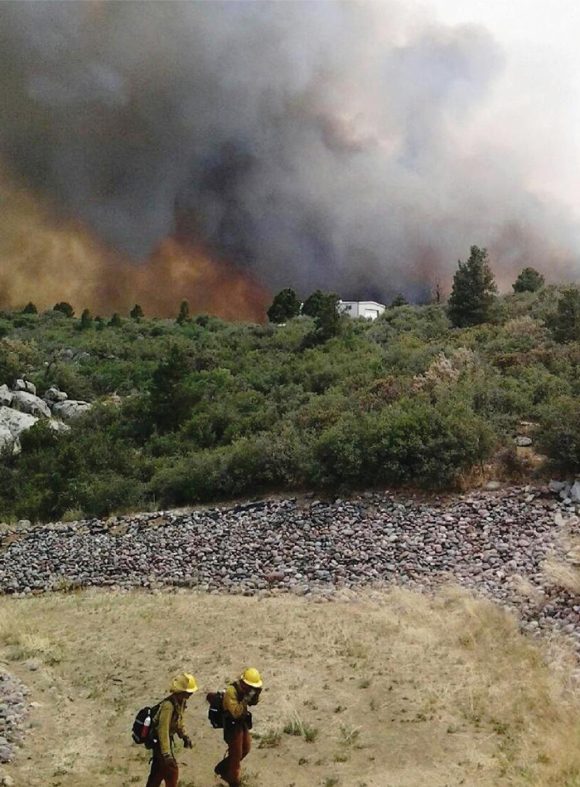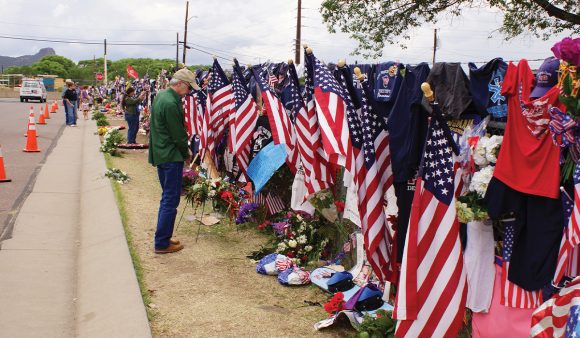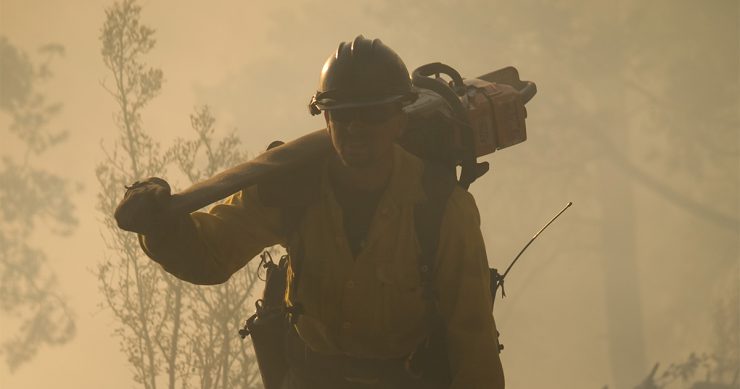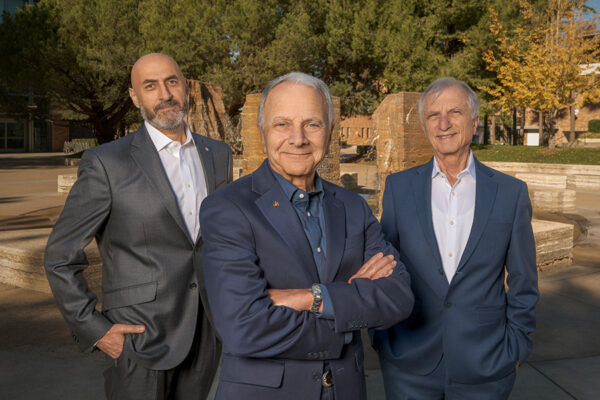 Wildfires throughout the American West have increased in magnitude and ferocity even as the dream homes of people who want to live in the mountains have moved deeper into the forest. This presents a dilemma for firefighters who face frenzied political pressure to save human-built structures, even though one of the safest moves for the environment – and for people – is often to let fires burn away organic debris that piles up for years into bomb-like strength.
Wildfires throughout the American West have increased in magnitude and ferocity even as the dream homes of people who want to live in the mountains have moved deeper into the forest. This presents a dilemma for firefighters who face frenzied political pressure to save human-built structures, even though one of the safest moves for the environment – and for people – is often to let fires burn away organic debris that piles up for years into bomb-like strength.
This built-in policy conflict can lead to lethal consequences, as it did on June 30, 2013, when 19 members of the Granite Mountain Hotshots perished at the base of Yarnell Hill in Arizona, fighting a small fire that whipped out of control. Their chief had ordered them to bushwhack down a slope into a basin full of chaparral, in apparent hopes of saving a ranch and the small retail strip of the town of Yarnell, which has a population of 649.
Arizona State Parks and Trails built a unique memorial to the firefighters: a five-mile trail to the fatality site that begins on the slope of the Weaver Mountains. I had wanted to visit because I’d been writing about the disaster in conjunction with a book titled “Rim to River: Looking into the Heart of Arizona,” to be published by the University of Arizona Press in March 2023.
This collection of 15 essays paints a portrait of my home state – one of them is about the unavoidable subject of wildfires and the thorny questions they pose that will only grow sharper as the forests get drier. Can we continue to build into what planners call the “wildland-urban interface,” so attractive to developers who want to create more pine-scented neighborhoods? Should fire agencies create “no save” doctrines for houses to ensure the safety of their personnel? Is it enough to harangue landowners to trim back branches themselves to create defensible space around their homes, or should taxes be raised to have a public agency do this every springtime to make sure the job gets done right?

I arrived at the memorial on a hot day in early June that only grew hotter as I ascended the first part of the memorial trail past the first of 19 plaques welded onto granite boulders, celebrating the lives of the men who died that day. Each relates a little biography of the firefighter – their education, their families, their hobbies, their faith. It would seem impossible for any visitor not to be moved by the collective youth and idealism of the Granite Mountain Hotshots and to understand the depth of the sacrifice they made.
The trail climbs a steep grade for a mile and a half, then levels out onto a ridge near where the commander, Eric Marsh, made the decision to advance from a safe area that had been burned away of all its fuel – “in the black,” as the parlance goes – into a bowl of oily brush that would become a killing zone when the wind unexpectedly shifted and sent a rapid wall of flame down onto the crew. They barely had time to get into their portable shelters at a spot today marked by 19 square gabion baskets of rocks collected from the hillsides.
All secular heroes are human, of course, and some questions about the fire and its aftermath may never be answered. Was Marsh acting with a city firefighter’s instincts to save the nearby ranch and town, and should the team have remained on the ridge? Should the nearby city of Prescott have staved off an unattractive fight about appropriate benefits given to the families, which some fretted would result in a tax hike?
The continuing cost of wildfires to the cities and families of the West is guaranteed, however, and one of the most persistent questions is whether firefighting policy can change along with the climate.
About the Author: Tom Zoellner is a professor of English at Chapman’s Wilkinson College of Arts, Humanities, and Social Sciences and politics editor of The Los Angeles Review of Books. He is the New York Times best-selling author of nine nonfiction books, including “Island on Fire,” winner of the National Book Critics Circle Award in nonfiction for 2020.




